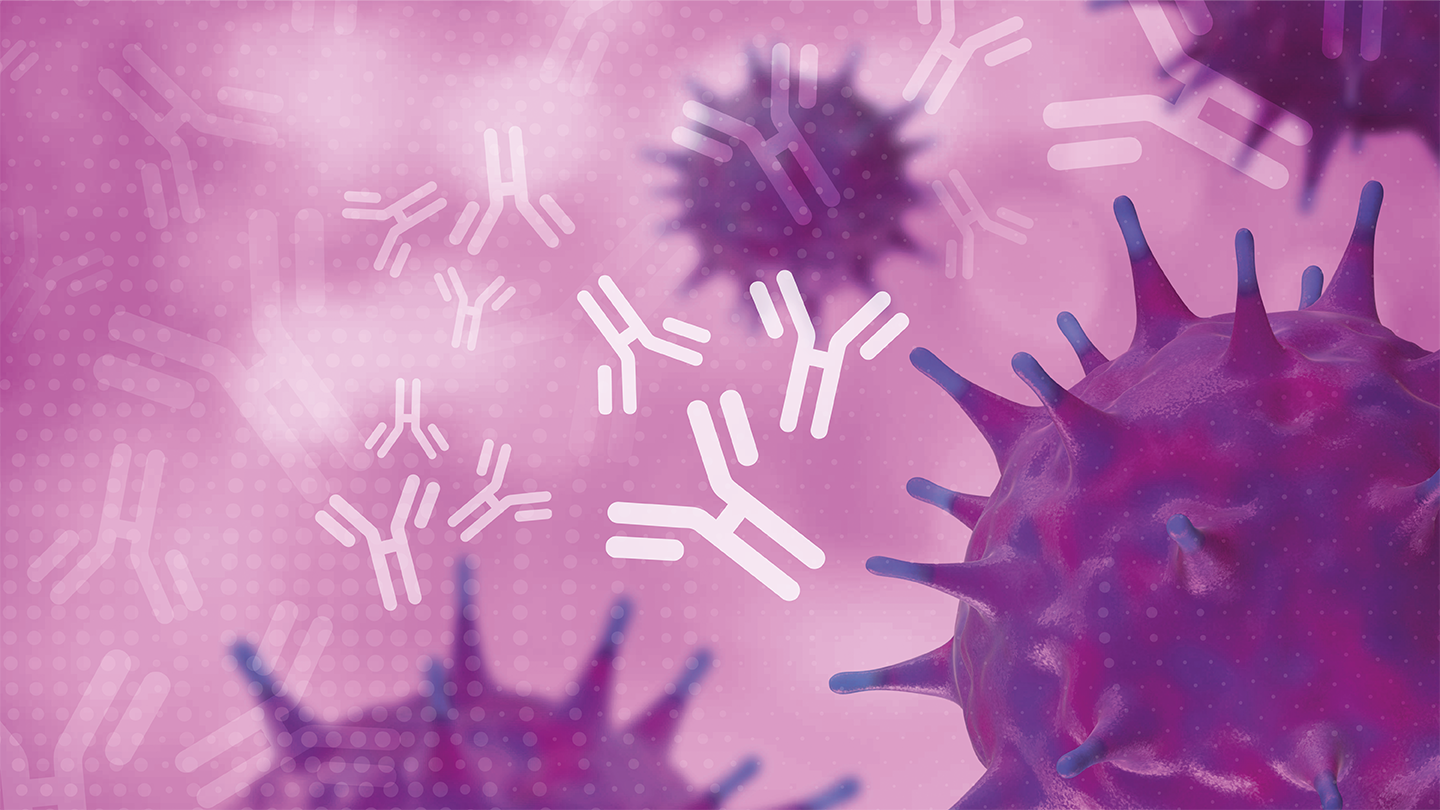The AMR Certificate
Introducing the British Standards Institution’s new environmental initiative to minimize antimicrobial resistance caused by manufacturing operations
Recent United Nation Environmental Programme (UNEP) estimates suggest 1.27 million deaths worldwide can be directly attributed to drug-resistant infections in 2023 – a number that could grow to a staggering 10 million deaths annually by 2050. Despite the grim prediction, the industry is faced with an antibiotics pipeline drought and an access crisis.
The release of antibiotics from manufacturing processes into the surrounding environment is a factor that could contribute to the development and transmission of antimicrobial resistance (AMR) in various ecosystems, including those affecting humans.
Enter, the British Standards Institution (BSI), which believes that a manufacturing standard and certification could help drive the reduction of antibiotic emissions across the global antibiotic supply chain.
We spoke with Courtney Soulsby, Global Director of Healthcare Sustainability at BSI, and Natasha Bambridge, Global Consumer Promise Practice Director at BSI, to learn more.
Tell us the story behind BSI’s Minimized Risk of Antimicrobial Resistance certification program…
Since 2019, the BSI has collaborated with the AMR Industry Alliance to facilitate the development of the Antibiotic Manufacturing Standard. The aim of the standard is to specify requirements towards reducing the development of antibiotic resistance and the risk of aquatic ecotoxicity in the environment resulting from antibiotic manufacturing operations. This, in turn, will hopefully encourage the responsible manufacturing of antibiotics and address environmental waste concerns, to benefit people and the planet.
After the standard was published in June 2022, the BSI brought together healthcare ecosystem stakeholders across academia, healthcare system procurers, regulators and policymakers to shape the development of an independent assessment methodology to grant certification for antibiotics that have effective waste control. The certification program was launched in June globally, and is now being piloted with manufacturers.
Minimized Risk of Antimicrobial Resistance (AMR) Kitemark certification for antibiotic manufacturing is significant because it is a signal of action-oriented progress on AMR in the environment and responsible manufacturing. It is the first independent, third-party validation of environmental considerations for antibiotic manufacturers. The certification allows us to verify whether environmental and waste controls are in place across the entire antibiotic chain of custody.
How does pharmaceutical manufacturing contribute to antimicrobial resistance?
During the manufacturing process, there is potential risk for antibiotic residue to enter solid and liquid waste streams; for example, when a manufacturer routinely cleans equipment or deals with incident spill. The subsequent management of the discharge of the wastewater or solid waste is crucial for mitigating the risk of AMR.
Another instance involves the proper storage of solid waste to prevent it leaching into groundwater or soil. The significance of addressing these risks lies in the potential for an increased presence of antibiotics in the environment, which could elevate the likelihood of antibiotic resistance (ABR) selection. ABR refers to the acquired ability of a bacterial strain to withstand antibiotic exposure more effectively than a wild-type bacterium of the same species.
When manufacturing lifesaving antibiotics, it is critical that AMR does not become an unintended side effect. Many companies are developing and maintaining solutions that will help them limit their antibiotic waste more effectively and measuring the concentrations of waste discharge from their manufacturing processes. The Standard requires the predicted no-effect concentration (PNEC) of a chemical to be below the levels where adverse effects in the environment are not expected to occur, therefore minimizing the risk of contributing to AMR.
How was the certification developed?
The certification program was developed by BSI in a multistage program of work under the International Standard, ISO 17067, which describes the fundamentals of product certification with the AMR Industry Alliance’s Antibiotic Manufacturing standard being a key element.
Following consultation with academia, healthcare system procurers, regulators, and policy makers, additional requirements based on ISO 14001 (Requirements for Environmental management systems) were further embedded, including operations planning and control. This covered emergency responses, performance evaluation and, importantly, continual improvement.
The audit methodology was piloted with participants, both generics and innovators and geographical representation, to test the certification approach against a variety of criteria including the across mass balance, sampling and chemical analysis as well as the zero liquid discharge model most commonly used in India. Learnings were evaluated following an in-depth review with participants into the certification program ahead of its launch in June 2023.
How can companies achieve the certification?
There are three main components that antibiotic manufacturers will need to achieve certification:
- Stringent environmental management system controls in place – especially as it relates to waste and wastewater discharge. Manufacturers must be able to show the right governance and management system controls relating to their environmental practices.
- The manufacturer must demonstrate – through chemical engineering calculation (known as mass balance), sampling and analysis, or zero liquid discharge models – that the predicted or measured environmental concentration of antibiotics in the environment resulting from manufacturing wastewater is less than the PNECs published by the AMR Industry Alliance.
- Participation in BSI’s annual surveillance. This formal process involves an independent third-party review to ensure the ongoing requirements of the program are being met and to ensure the validity of the certificate in the years between recertification (every three years).
This article first appeared in The Medicine Maker.





